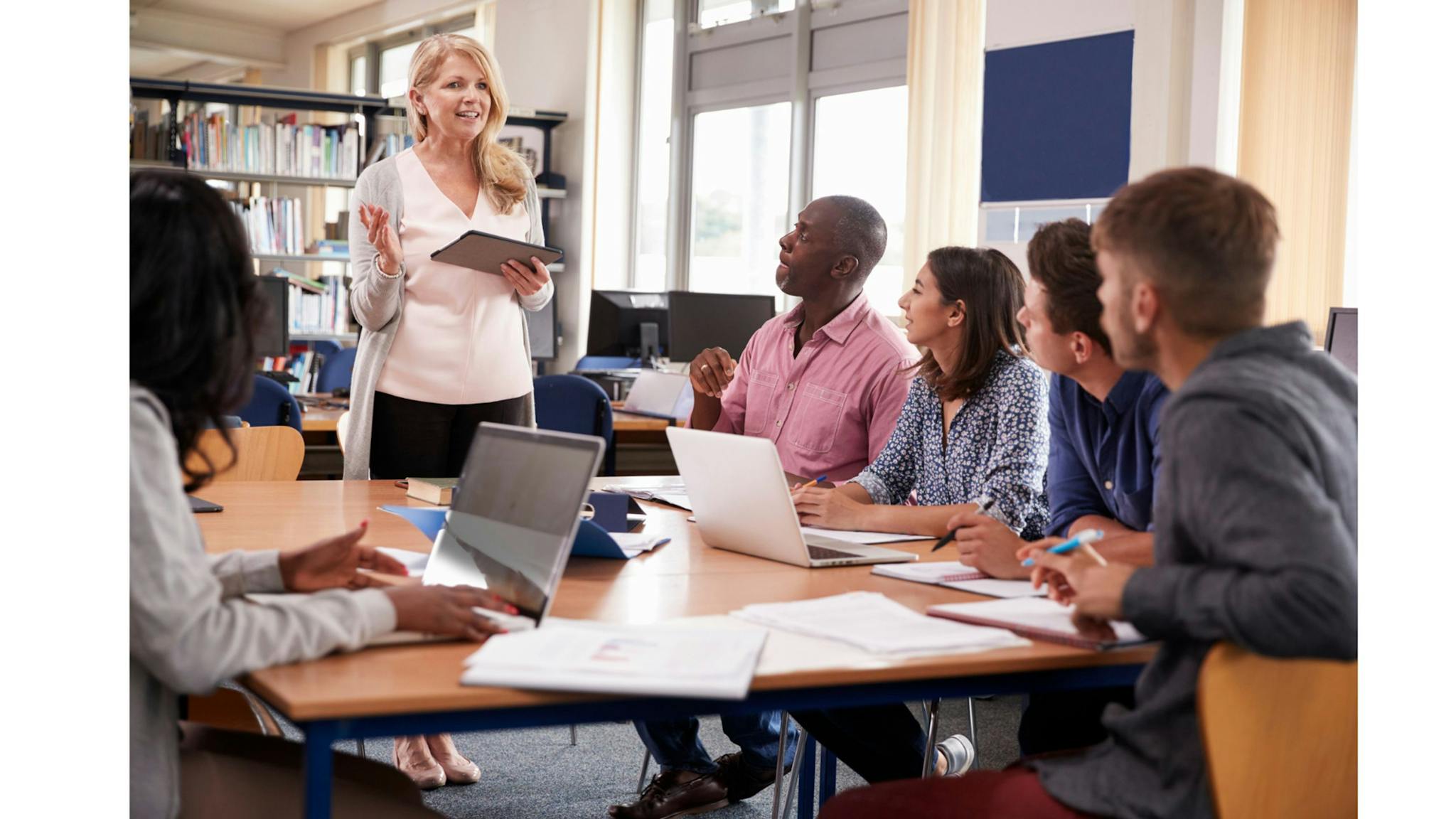Encouraging gratitude in the staffroom

Creating a positive mindful environment in a school is beneficial to everyone, the students and the staff.
For the student, creating an environment filled with gratitude, where everyone is appreciative is more conducive to learning, studies have linked gratitude to increased happiness, stronger relationships, and improved physical health; in recent years, studies on gratitude among youth suggest that it fosters more positive emotions and better attitudes toward school.
In addition to the academic benefits, students can also reap the social and emotional benefits. through the process which all young people and adults acquire and apply the knowledge, skills, and attitudes to develop healthy identities, manage emotions and achieve personal and collective goals, feel and show empathy for others, establish and maintain positive relationships, and make responsible and caring decisions.
Creating a strong culture of wellbeing through the power of gratitude is also important for the teachers; teaching can be a very lonely job, just one teacher trying to nurture and facilitate the wellbeing of twenty or thirty students.
In her book Stop talking about wellbeing Kat Howard does not just criticise the current system, pointing out all its flaws, she gives suggestions and evidence on how to make a difference and improve the lives of our fellow teachers.
She expresses the need for collective purpose and how she wants to ultimately impact the system.
In order to open up the discussion about workforce well-being in the staffroom there needs to be the available lines of communication, an honest, open exchange of information.
Wellbeing practices and processes need to be implemented in the school environment.
But where do you start? Well, there are some areas that can get us started.
Appreciation.
Gratitude is the gift that keeps giving, we are often so busy that we don’t have time to say thank you, even for those little things, a door being held open, lesson ideas, a cup of tea. If we make time for gratitude and make it part of our daily practices and procedures, everyone will feel more valued.
Micro mastery.
Forget about wondering whether you are a cup half full or half empty type of person, think about the size of the cup. We all dream big, but if we start with realistic, achievable goals we will feel good about ourselves and if we share these goals with our peers we can encourage each other and develop that mindful environment in the staffroom.
Curiosity.
Curiosity is associated with questioning, exploration, learning and discovery, all characteristics helpful for achieving goals and protecting good mental health.
There are associations with resilience when our curiosity is activated -- we persevere, seek solutions and are less easily distracted -- and curiosity is a close ally of creativity, ask each other about their little goals and objectives, take an interest in how they feel they can achieve these goals and offer and accept advice. By doing this we can open up a new channel of communication, a positive, supportive, and valid discourse
Acceptance and commitment.
Accept what has happened and commit to whatever you decide to do next. Acceptance is not passive resignation, agreeing with or liking something that has happened or giving up. It is not a sign of weakness but an acknowledgement that something has happened and then choosing what to do next!
In summary, gratitude, curiosity, reflection, acceptance, commitment and action are what can really help support good mental wellbeing; it is not enough to know, we must also do.
If we implement these and other practices in our daily work life, positivity will be all around the school, which makes for a better learning, working and living space.
You can listen to TAP’s Education Radio Show which covers these topics and more here: https://soundcloud.com/thankandpraise/education-radio-show-march-2022